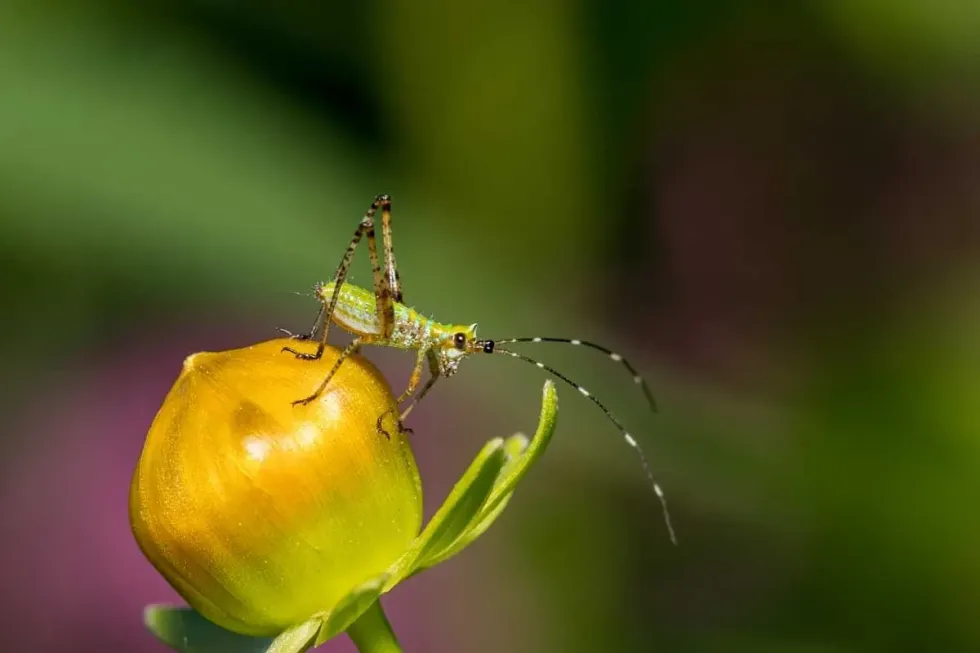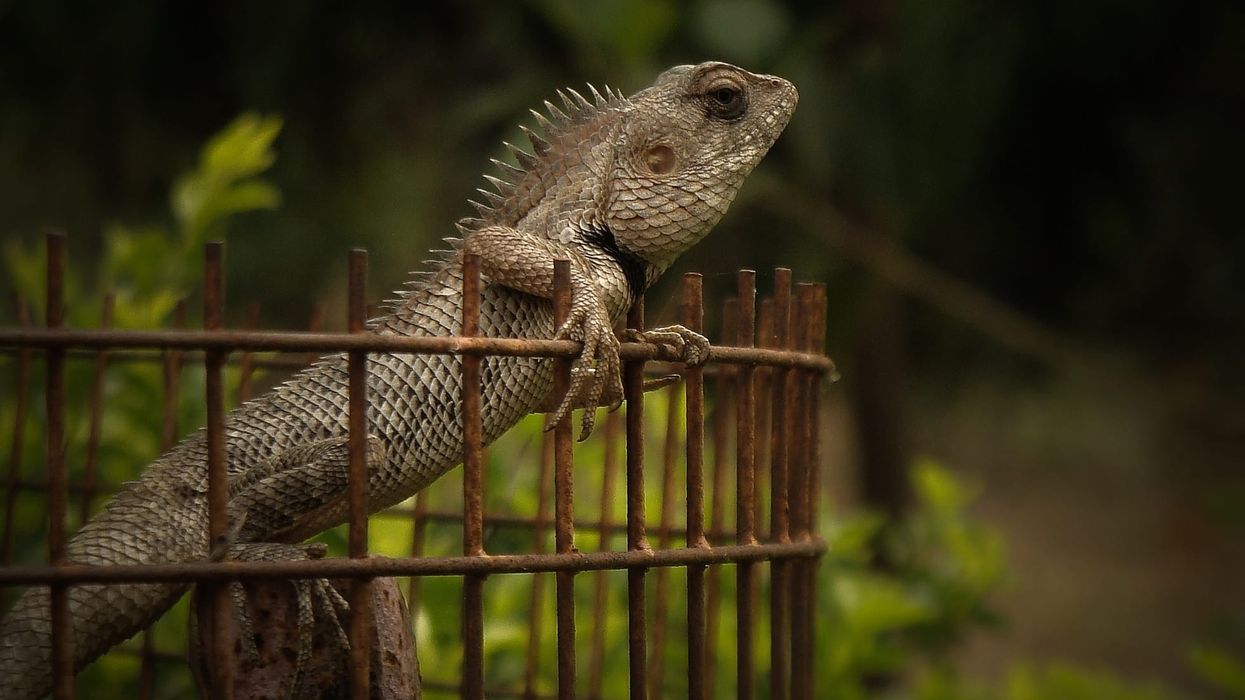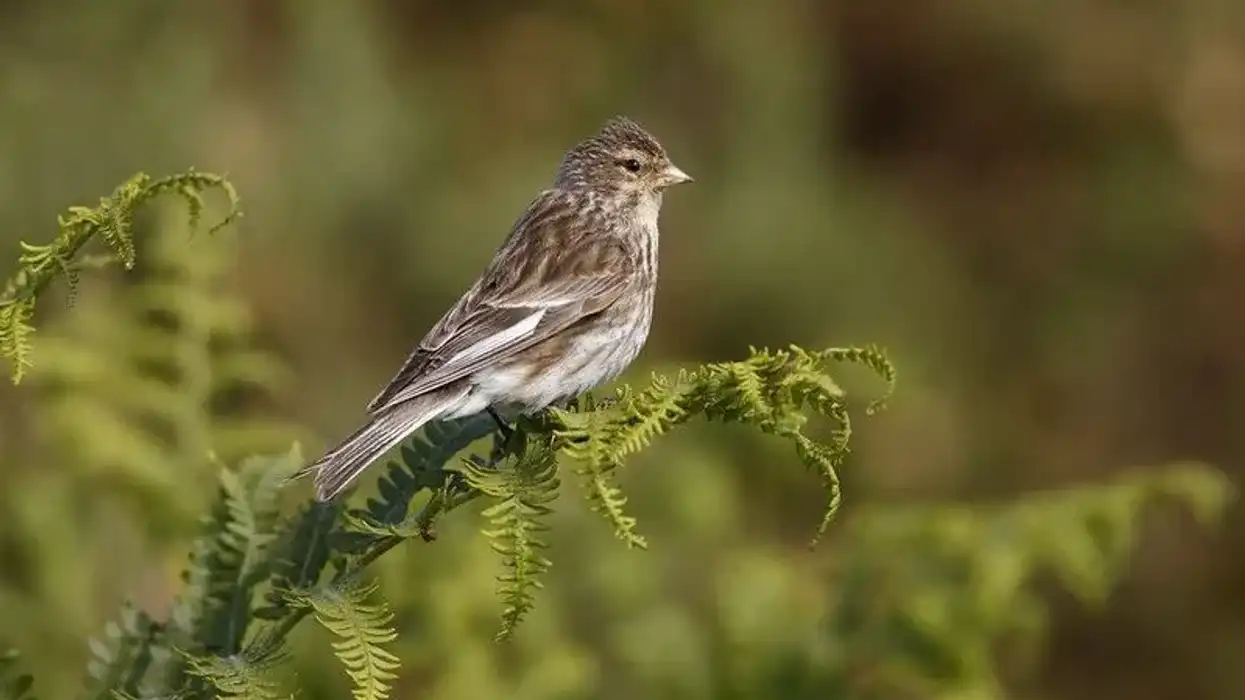They look like grasshoppers, or maybe a praying mantis, but are they really? No, they are the fork-tailed bush katydid!
These little creatures are known for their small bodies, hard exoskeleton, and green color that helps them camouflage in almost any forest around the world. Katydids as a species are available on every single continent in the world, except the arctic and the antarctic.
In fact, they are so widespread that you can find more than 200 species of this creature concentrated just in the United States!
The fork-tailed bush katydid, on the other hand, is found mostly in north and central America, including behemoth forests like the Amazon. In fact, they may even occasionally wander to the bushes of your gardens and other domestic plants, earning them the 'bush' part of their name.
If you want to know more about these wonderful creatures then do read on! Also do not forget to check out green stink bug facts and ghost ant facts as well for more fun animal facts!
Fork-Tailed Bush Katydid Interesting Facts
What type of animal is a fork-tailed bush katydid?
The fork-tailed bush katydid (Scudderia) is a type of insect.
What class of animal does a fork-tailed bush katydid belong to?
The fork-tailed bush katydid (Scudderia furcata) belongs to the class Insecta.
How many are fork-tailed bush katydids there in the world?
There are approximately 255 species that live throughout North America and 20 katydids in the Midwest. Mormon crickets come in over a hundred different species around the world. Although Mormon crickets population is not officially recognized.
Where does a fork-tailed bush katydid live?
Bush katydids (Scudderia furcata) live in the woods. The fork-tailed bush katydid distribution range comprises North America and Central America.
What is a fork-tailed bush katydid's habitat?
Excluding Antarctica, katydids can be found in every part of the planet. They are most common in the tropics, especially in the Amazon Rainforest.
However, they can also be found in colder, drier areas such as Australia's heathlands, the United States' deserts, and northern Europe and Canada. Typically fork-tailed bush katydid habitat on bushes, trees, or grasses, and their look is often similar to that of their surroundings.
Who do fork-tailed bush katydids live with?
This species found throughout the USA is solitary.
How long does a fork-tailed bush katydid live?
With time spent in the egg, fork-tailed bush katydid's life span is about a year.
How do they reproduce?
Katydid species that reside in places with different seasons typically dwell for about one year and generate only one cycle of offspring, with eggs will be the only stage of life that can survive winter. Male fork-tailed bush katydids sing-song 24-hours.
While they are waiting for a female to react, their song has two to three chirps separated by varied intervals of stillness. Females deposit their white flat eggs in the soil or straight into plant tissue, depending on the species; other species place their eggs on twigs or pebbles.
These eggs may resemble little seeds. The larvae appear in the springtime and are multicolored and horned till they reach adulthood.
What is their conservation status?
The conservation status of this pest (Order: Orthoptera), located in some regions of Canada, is Not Evaluated. However, the conservation status of Jerusalem crickets is of Least Concern because the number of Jerusalem crickets is relatively high.
Fork-Tailed Bush Katydid Fun Facts
What do fork-tailed bush katydids look like?

Katydids are huge insects with leaf-green bodies rarely impressed with brown. It looks like grasshoppers, but its back legs are thin and long. Males have a furcula, which is a forked extension at the tip of their belly. At repose, the slender wings having rounded tips are stretched along the body.
The antennae of katydids are significantly longer than those of grasshoppers. Katydids have a wide range of wing shapes. Several species have long, swooping wings that conceal their body.
How cute are they?
This species is relatively cute for an insect.
How do they communicate?
The fork-tailed bush katydid has a fairly simple song: it simply consists of the sound 'pfft' following a long silence. Male fork-tailed bush katydids chirp at all hours of the day and night. Their song is made up of two or three chirps.
How big is a fork-tailed bush katydid?
Fork-tailed bush katydid size is 0.55-2.95 in (1.39-7.49 cm). The grasshopper length range is about 0.39-2.75 in (1-7 cm). Katydids are larger than grasshoppers.
How fast can fork-tailed bush katydids move?
Katydids aren't magnificent flyers. Some species do not fly and instead of flapping their wings, they leap.
How much does a fork-tailed bush katydid weigh?
The average weight of the fork-tailed bush katydid is unknown.
What are the male and female names of the species?
They have no sex-specific names.
What would you call a baby fork-tailed bush katydid?
There are no specific names for baby fork-tailed katydids.
What do they eat?
The fork-tailed bush katydid (Scudderia) likes to chew on the rind of the orange, which damages the fruit and renders it unfit for sale. They graze on all types of tree leaves, seeds, pollen, nectar, and insects.
Are they harmful?
This pest reproduces in large numbers in cycles, causing damage one year but not next. Adults and nymphs both eat fruits and leaves, but adults cause the most damage.
Would they make a good pet?
Katydids are quite peaceful creatures, and you may easily maintain one as a pet if you discover one outside, set up the proper environment for it, and nourish it daily.
Did you know...
Katydids have good vision and may swiftly hide among leaves if disturbed.
Katydids are beneficial to have in the yard because they consume insects and assist in pollinating certain flowers.
Katydids are an insect family that includes crickets and grasshoppers. Katydids are typically thought of as peaceful insects that do not pose a threat to people. However, they are regarded as garden pests by some. To control katydids, we can employ insect-repelling vegetation, light traps, natural spray, and eliminate compost and dense vegetation.
Mole crickets are known as invasive species, meaning they have been transported from their natural habitat to a new location. The mole cricket is thought to have arrived in the United States through cargo vessels from South America.
Do fork-tailed bush katydids bite?
It is not advisable to handle one. Fork-tailed bush katydids will attack to protect themselves if they are harassed too much. Their bite is a stinging pinch that is unlikely to break the skin, yet it is unpleasant. They are vital to the ecology because they provide food for a variety of creatures.
Fork-tailed bush katydid male vs. female
The morphology of the supra-anal plate or dorsal process in mature males is the only consistent means to distinguish males and females. At the back, a horned-like protrusion protrudes from the top of the belly. The form of the dorsal process of fork-tailed bush katydid is, unsurprisingly, fork-like.
Here at Kidadl, we have carefully created lots of interesting family-friendly animal facts for everyone to discover! For more relatable content, check out these wheel bug facts and stick bug facts for kids.
You can even occupy yourself at home by coloring in one of our free printable fork-tailed bush katydid coloring pages.










